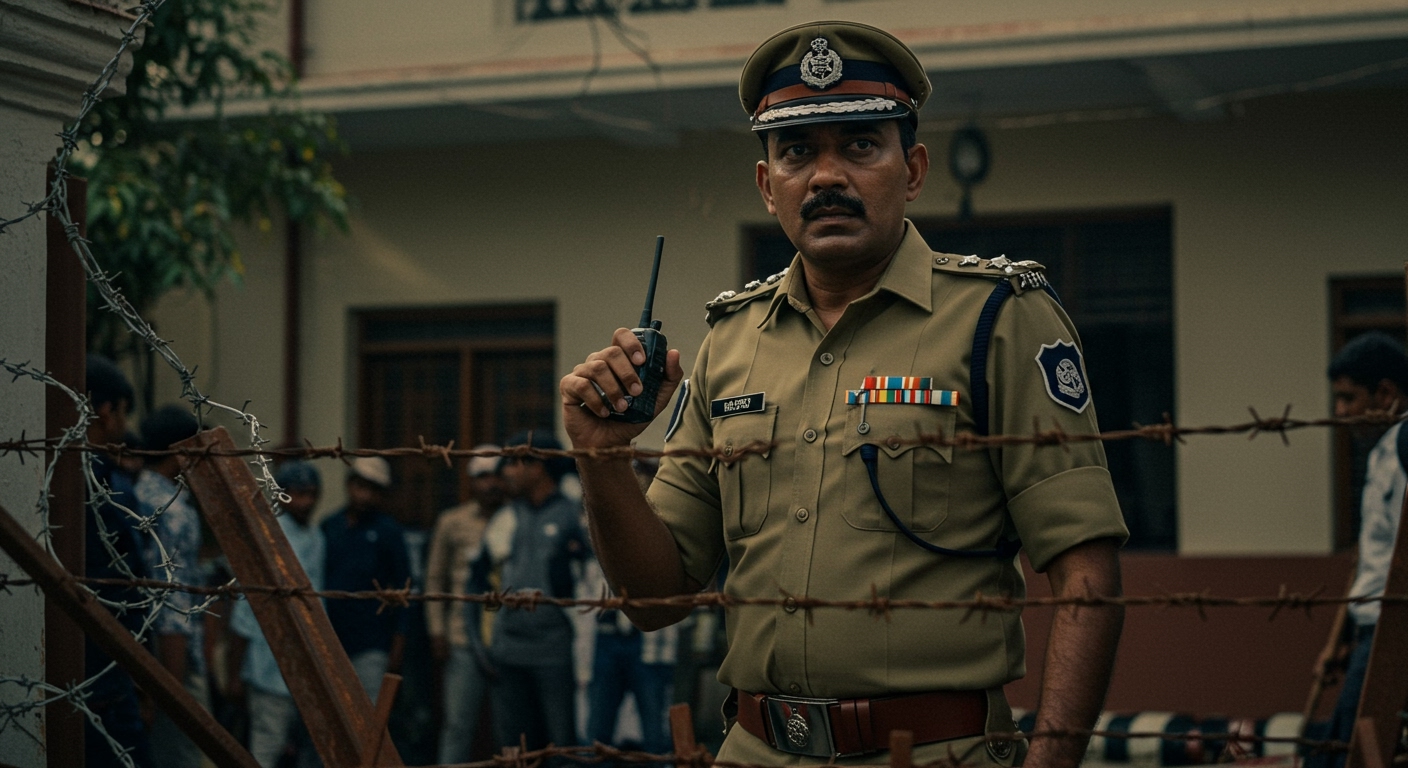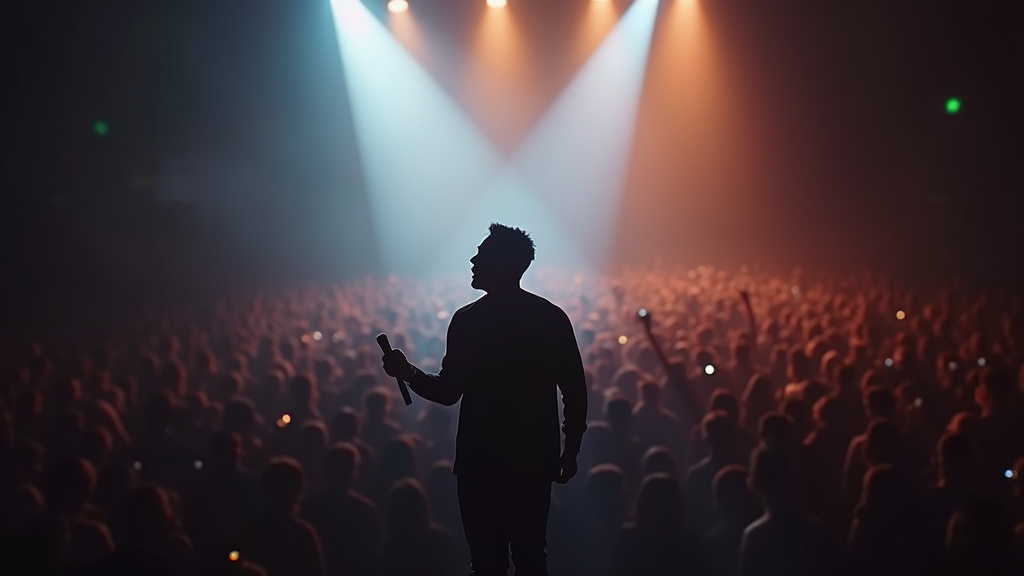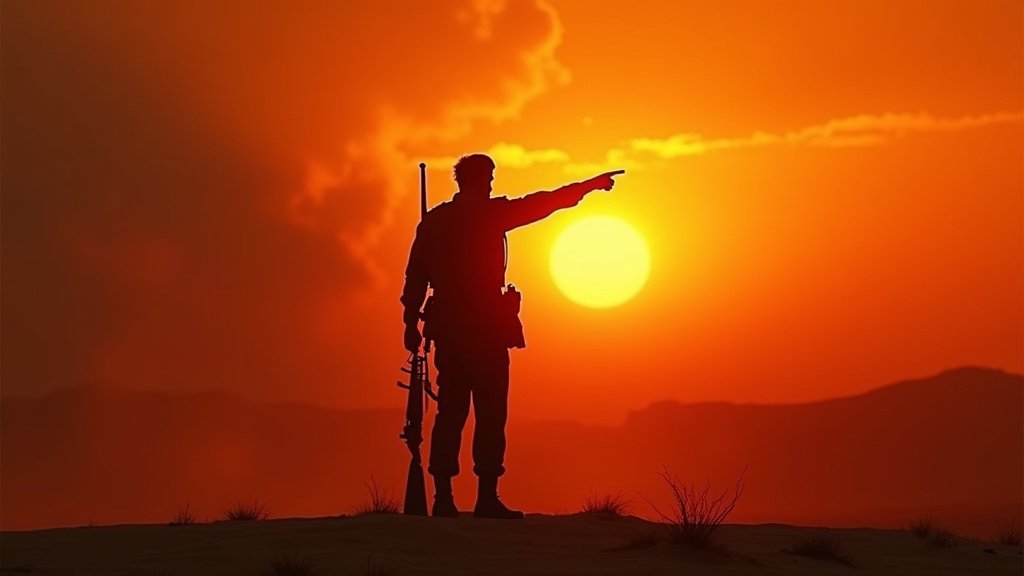BHUBANESWAR, ODISHA – A video purportedly showing a senior Odisha police officer instructing personnel to inflict severe injury upon protesters near the residence of Chief Minister Mohan Charan Majhi has triggered significant public and political outcry.
The footage, which rapidly circulated across social media platforms, captures the officer issuing directives to subordinates positioned near a barbed barricade erected outside the Chief Minister’s official dwelling during a protest organized by the state unit of the Indian National Congress party.
Viral Footage Captures Controversial Order
The video clip, central to the burgeoning controversy, clearly records a voice identified as that of a police officer giving explicit instructions regarding the handling of demonstrators. The voice is heard saying, in a seemingly casual yet firm tone, “If anybody reaches here, break their leg. Don’t catch them, just break their legs. We are standing there [some distance away] to catch them. Whoever breaks a leg, come to me and take a reward.”
This instruction, suggesting the use of force specifically aimed at causing debilitating injury rather than merely apprehending individuals, immediately drew condemnation from various quarters, raising serious questions about police protocol, human rights, and the appropriate use of force during public demonstrations.
Context: Protest Over Tragic Stampede
The protest, which served as the backdrop for the controversial police directive, was organized by Congress party workers in Odisha. Its purpose was to voice grievances and protest the handling of a tragic incident: a stampede that occurred during the globally renowned Puri Jagannath Rath Yatra.
The stampede took place on June 29 near the Shree Gundicha Temple, a significant site within the Rath Yatra circuit. The unfortunate event resulted in the deaths of three individuals and caused injuries to several others, casting a pall over the annual religious procession.
Following the tragedy, the Congress party swiftly leveled accusations against the state government, led by the Bharatiya Janata Party (BJP), blaming the incident on alleged “crowd mismanagement and negligence.” The protest outside the Chief Minister’s residence was a direct manifestation of this political fallout, seeking accountability from the newly formed government.
Officer Claims Words ‘Taken Out of Context’
In the wake of the video going viral and the subsequent public outrage, the police officer allegedly featured in the footage issued a statement addressing the controversy. The officer stated that his words were “taken out of context.”
While the officer did not provide a detailed explanation of the specific context he claims is missing or what his intended meaning was, such a defense typically suggests that the isolated words do not reflect the full situation or the officer’s actual intent, possibly implying a warning or a hyperbolic expression rather than a literal command to cause grievous harm. However, the stark nature of the language used in the recorded clip has made this claim subject to intense scrutiny.
Senior police officials have reportedly taken note of the video and the officer’s statement, though the precise nature of any internal review or inquiry initiated was not immediately clear based on the provided information.
Implications for Policing and Protests
The incident highlights the perennial tensions between the right to protest and the state’s responsibility to maintain law and order. Instructions like the one allegedly given in the video run contrary to established protocols for crowd control, which generally emphasize de-escalation and the use of minimum necessary force to prevent harm and effect arrests.
The use of barbed wire barricades itself indicates a heightened security posture anticipating potential confrontation. However, police training and standard operating procedures (SOPs) in democratic societies typically prohibit the deliberate targeting of individuals for serious injury, especially as a primary method of deterrence or apprehension.
Civil rights advocates and opposition politicians have seized upon the video as evidence of heavy-handed tactics and a disregard for human dignity during protests. The incident adds to the broader debate surrounding police accountability and the methods employed by law enforcement agencies in managing dissent across India.
As the video continues to circulate and the officer’s ‘taken out of context’ defense is weighed against the explicit words recorded, the episode remains a significant point of contention, underscoring the sensitive nature of police-public interactions during political demonstrations, particularly those arising from deeply felt grievances like the tragic stampede during the Puri Jagannath Rath Yatra on June 29 near Shree Gundicha Temple, which led to three deaths.





